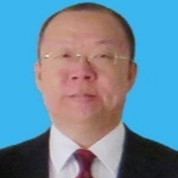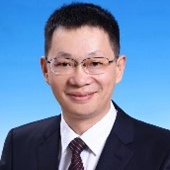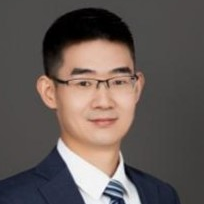Membrane Distillation for Water Treatment and Recycling
A special issue of Membranes (ISSN 2077-0375). This special issue belongs to the section "Membrane Applications".
Deadline for manuscript submissions: closed (30 October 2023) | Viewed by 2767
Special Issue Editors
Interests: membrane separation; wastewater treatment; catalytic degradation; coagulation; resource reclamation
Interests: water treatment; membrane fabrication; membrane separation processes; wastewater detoxication and re-source recovery
Special Issue Information
Dear Colleagues,
With decades of development, membrane distillation (MD) has been a promising technology ranging from the treatment of hypersaline solutions and wastewaters to resource recovery. Its ability to utilize low-grade thermal energy to treat challenging wastewater which cannot be treated by conventional pressure-driven membrane processes is highly advantageous. MD can also be integrated with other water treatment technologies towards zero liquid discharge, establishing an ideal process for sustainable concentrate treatment. Similar to other membrane processes, membrane fouling and consequent wetting are major challenges in MD processes. In recent years, novel membrane designs and process configurations have been developed to overcome these bottleneck problems and improve MD energy efficiency, playing a vital role in its further industrial application.
This Special Issue of Membranes on “Membrane Distillation for Water Treatment and Recycling” aims to collect recent progress, breakthroughs, applications, challenges, and future directions of MD technology. Improvements in MD membranes and configurations are encouraged. We also welcome studies on membrane characterization, numerical model calculation/simulation, and technologies for the upscaling of MD, enabling wider utilization. We look forward to receiving your contributions.
Prof. Dr. Jianfeng Li
Prof. Dr. Jun Wang
Prof. Dr. Kuichang Zuo
Guest Editors
Manuscript Submission Information
Manuscripts should be submitted online at www.mdpi.com by registering and logging in to this website. Once you are registered, click here to go to the submission form. Manuscripts can be submitted until the deadline. All submissions that pass pre-check are peer-reviewed. Accepted papers will be published continuously in the journal (as soon as accepted) and will be listed together on the special issue website. Research articles, review articles as well as short communications are invited. For planned papers, a title and short abstract (about 100 words) can be sent to the Editorial Office for announcement on this website.
Submitted manuscripts should not have been published previously, nor be under consideration for publication elsewhere (except conference proceedings papers). All manuscripts are thoroughly refereed through a single-blind peer-review process. A guide for authors and other relevant information for submission of manuscripts is available on the Instructions for Authors page. Membranes is an international peer-reviewed open access monthly journal published by MDPI.
Please visit the Instructions for Authors page before submitting a manuscript. The Article Processing Charge (APC) for publication in this open access journal is 2700 CHF (Swiss Francs). Submitted papers should be well formatted and use good English. Authors may use MDPI's English editing service prior to publication or during author revisions.
Keywords
- membrane distillation
- wastewater treatment
- novel MD configurations
- new membrane materials
- membrane fouling and wetting
- water–energy–environment nexus








